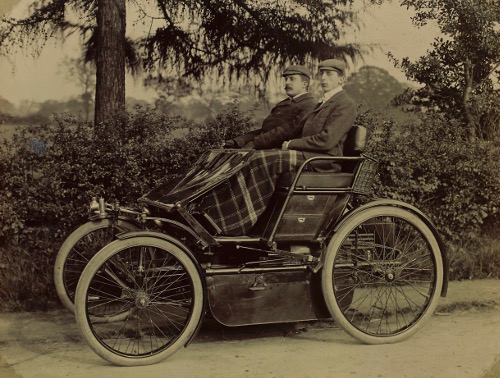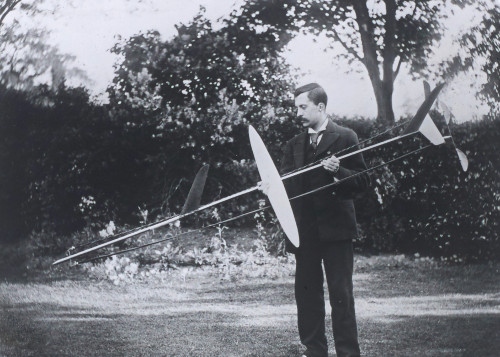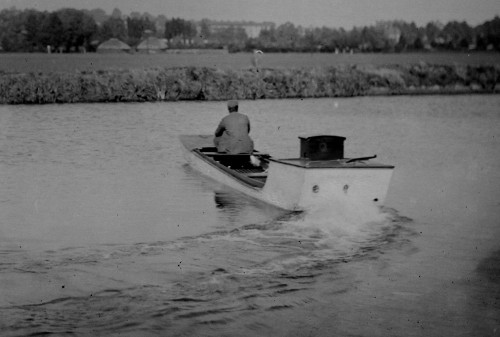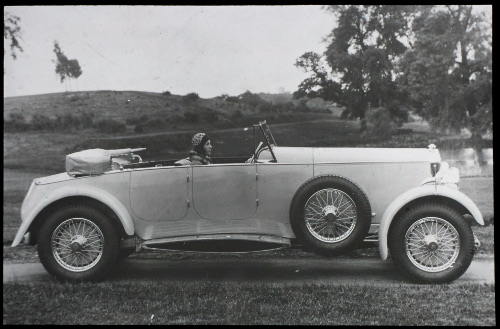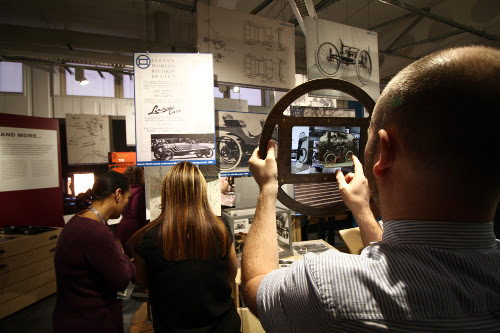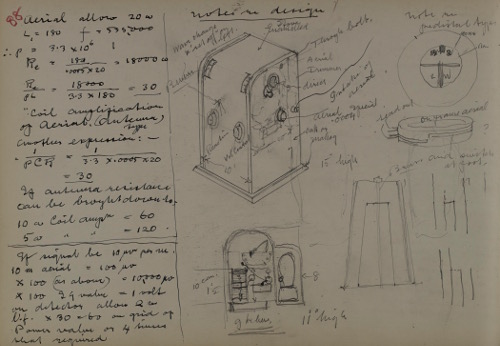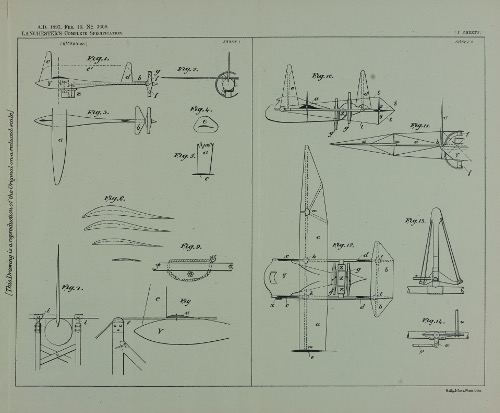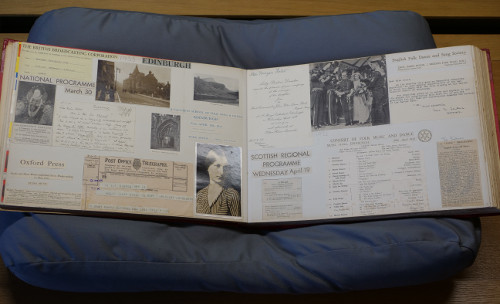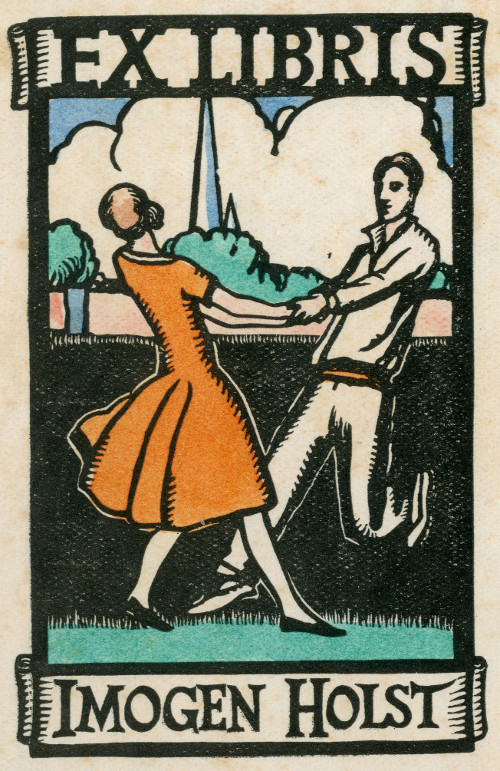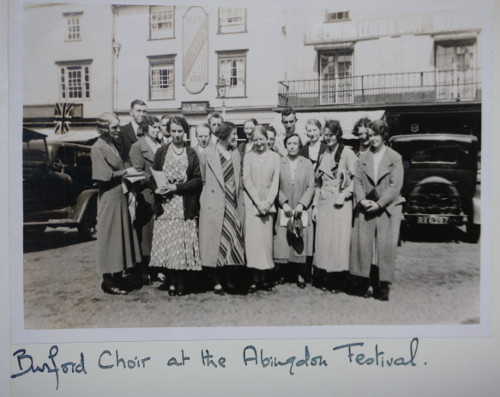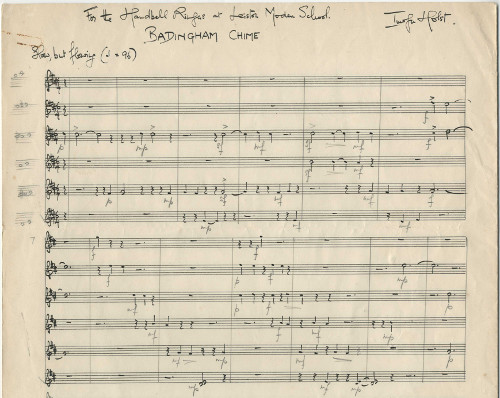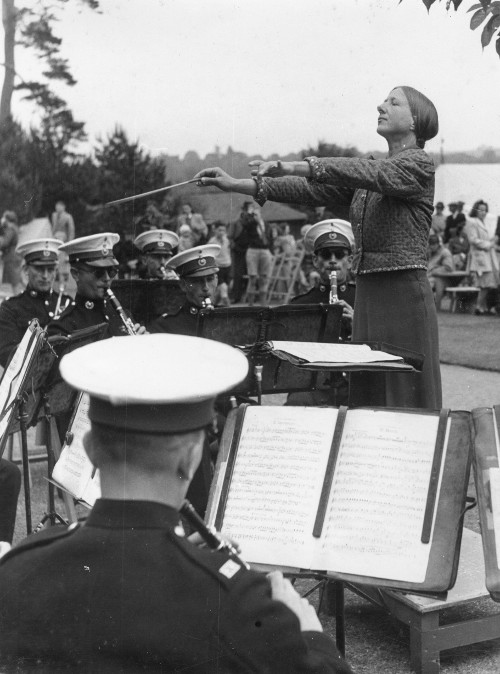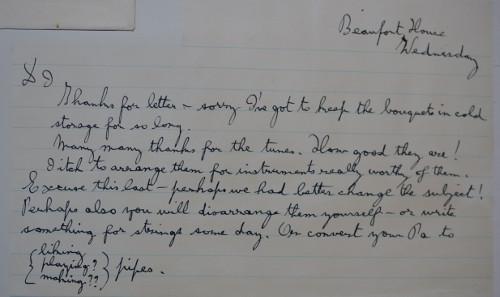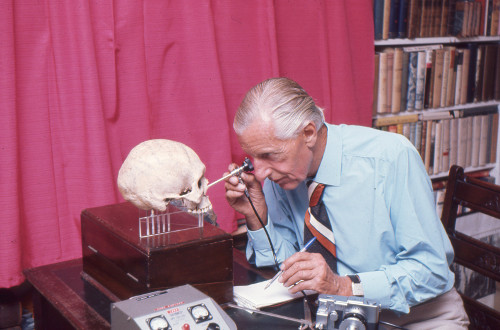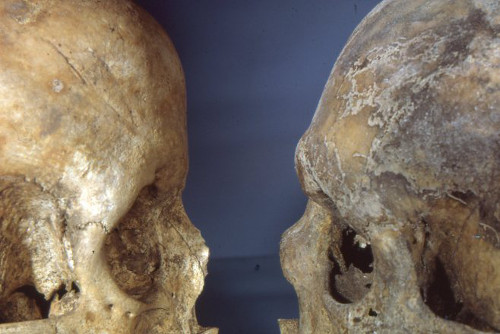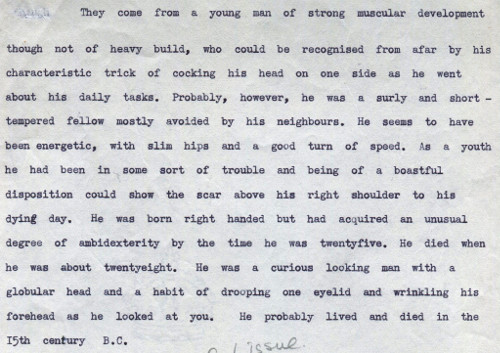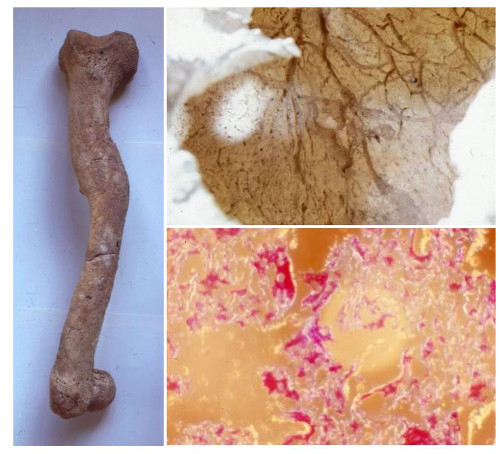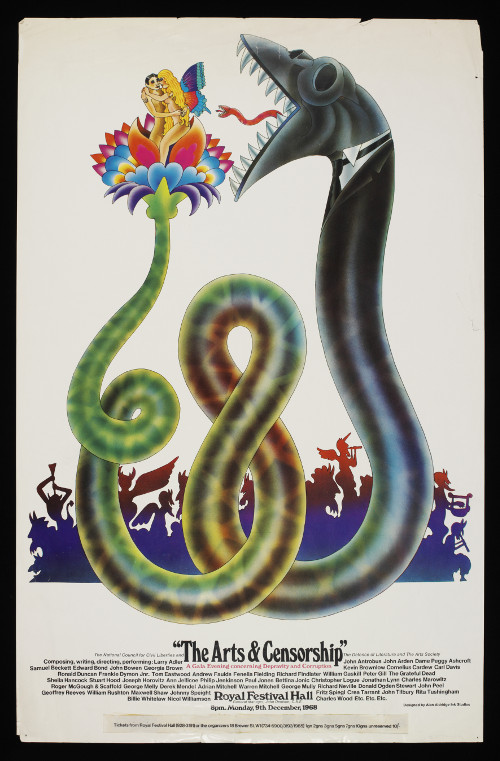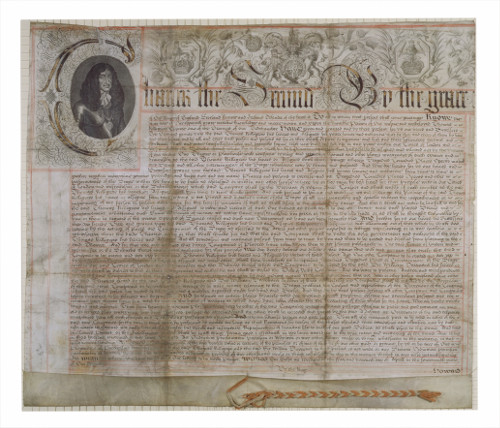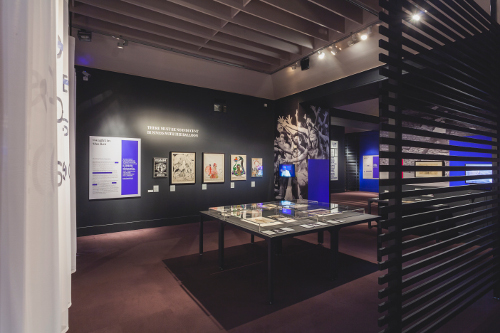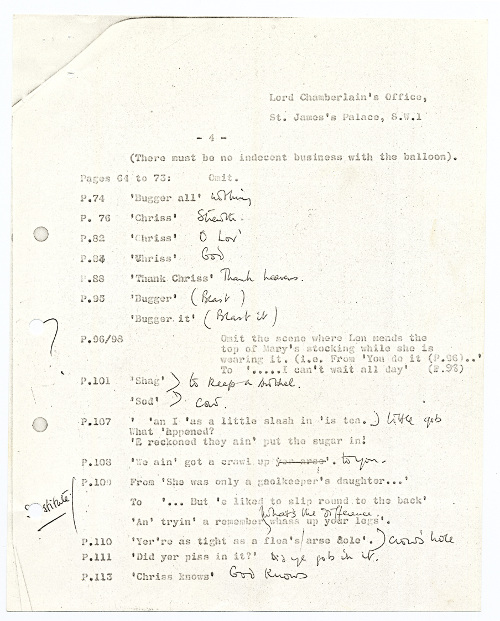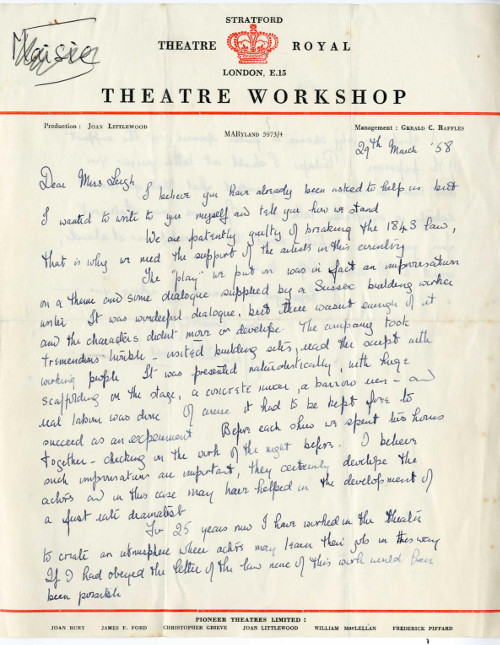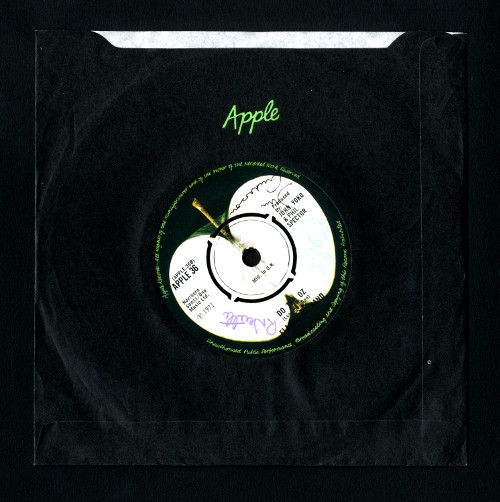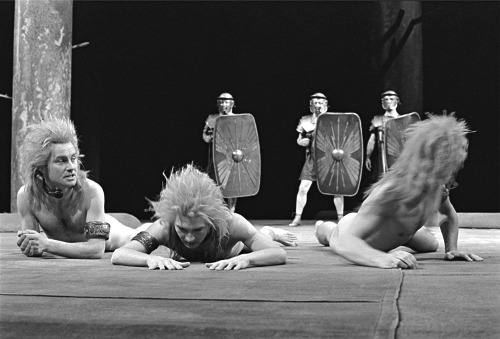Archives Hub feature for June 2019
In 2018 Newcastle University Special Collections published an updated catalogue for the archive of Sir Charles Philips Trevelyan on the Archives Hub. A socialist MP, anti-war campaigner and member of the first two Labour cabinets, Sir Charles is known for twice resigning his cabinet seat in protest against government actions as well as donating the family estate of Wallington to the National Trust. The Archive has been held at Newcastle since the 1960s, and a previous catalogue created in the 1970s listed documents relating to Sir Charles’ professional life and political career.
The project to produce the new digital catalogue has made a substantial quantity of previously uncatalogued and inaccessible content available alongside this material. This content sheds light on the other characters in Sir Charles’ family – in particular his wife, Mary Katharine Trevelyan, but also their children, staff and extended families.
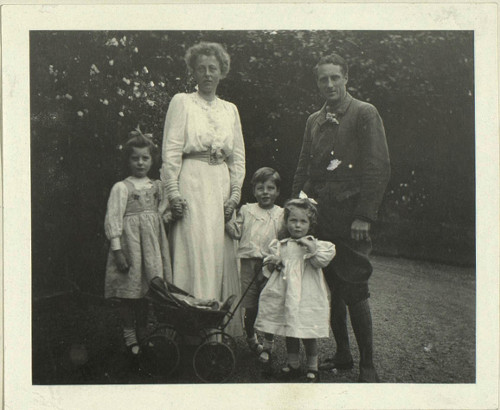
Mary Katharine Trevelyan, known as Molly, was born Mary Katharine Bell in 1881. Her parents were author Florence, Lady Bell and industrialist Sir Hugh Bell. The family, including Mary’s half-sister, the famed explorer and diplomat Gertrude Bell, lived in Redcar, North Yorkshire. The newly catalogued correspondence offers the chance to understand Mary’s early family life through letters written to her parents. They include accounts of her childhood at the family home Red Barns, her education and visits to Europe with her sister Elsa.
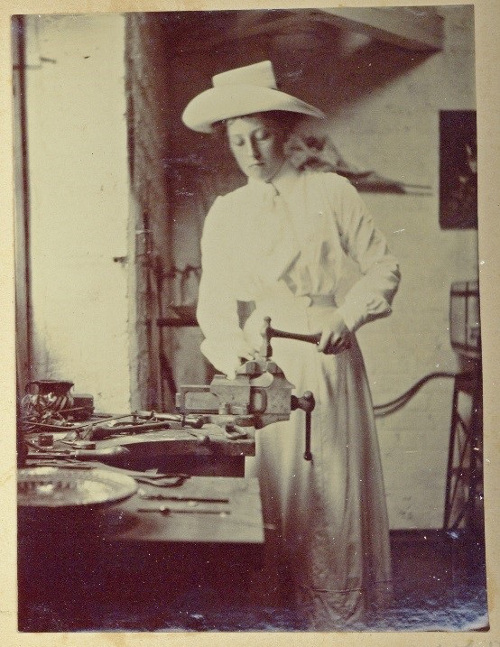
Mary ‘came out’ in society in 1899, and the four years between this and her engagement with Charles are recorded in her personal diaries. The diaries reveal the whirl of pre-war society enjoyed by affluent young people. In 1902 Mary was courted by three young men, including Charles. Her memoirs written in the 1960s recall that ‘At a dance in Mansfield Street one young man asked me to marry him; a second would have done the same if I had not checked him before it happened – and the third who held my heart in thrall, sat back and laughed (The Number of my Days, 1962, M K Trevelyan, Newcastle University, Rare Books Collection, RB 942 TRE). In 1903 Charles proposed again, and Mary accepted. The pair were married in January 1904, and their correspondence features lengthy discussions about arrangements for their big day, as well as their first home together at 14 Great College Street, Westminster.
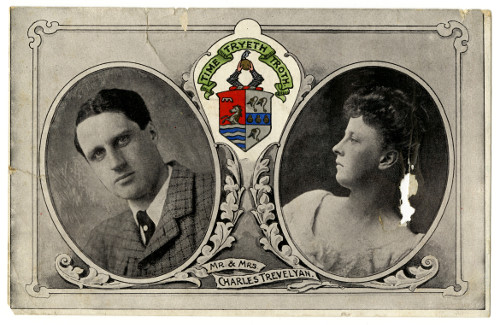
The couple had six children between 1905 and 1920, five of whom survived into adulthood. In the early years of their marriage Charles and Mary were often apart, with Charles attending parliament in London and Mary caring for the children (alongside domestic staff) at their home at Cambo House on the Wallington estate. They wrote to each other every day that they were apart, resulting in over 50 files of letters between the two for this 15 year period alone. They wrote love letters, apologised for arguments and discussed their reading. Charles expresses misgivings at his performance in Parliament and Mary her frustration that they are so often apart. The tone of the letters ranges from incredibly intimate to extremely practical.
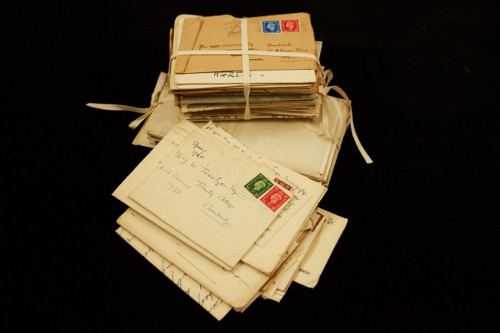
The newly added material also features substantial content relating to the development and education of the Trevelyan children; Pauline, George, Kitty, Marjorie, Patricia and Geoffrey. The collection features their letters home from boarding school. The Trevelyans chose to send their older children to the co-educational Sidcot – a Quaker school in Somerset. Their correspondence continues into adulthood and includes content regarding their own marriages and the lives of their children. Letters from their adulthood reflect their fascinating and diverse lives, featuring (amongst other things) solo hikes across Canada, working as shepherdesses, life in Hitler’s Germany and aeronautical engineering.

The updated archive catalogue is complimented by the online publication of the family photograph albums, via Newcastle Special Collections’ Page Turners resource. Photographs of the family playing at home or visiting relatives sit alongside newspaper cuttings about their careers. Correspondence can therefore be cross referenced with the relevant album, revealing more information about the people who appear in the images and the family’s activities.

In the same year the new catalogue was published, the Trevelyan’s family home Wallington Hall, celebrated 50 years of being open to the public as a National Trust property. Improved access to the archive enabled Newcastle University to better support the celebrations, providing guidance on relevant archive material and digital images for use on promotional materials. As part of the celebrations, a performance and panel discussion titled ‘Gifted to a Grateful Nation?’ was prepared jointly by Newcastle University, performing arts company the November Club and the National Trust, held at Newcastle University Kings Hall. Chaired by Dr Tom Schofield and featuring academics, actors and members of the Trevelyan family, the event explored the motivations behind Sir Charles’ decision to donate Wallington the National Trust, and the legacy of this bequest.
The Trevelyan (Charles Philips) Archive is a rich research resource for a range of subject areas, including twentieth century politics, socialism, landed families, childhood and women’s history. It is available for public consultation at Newcastle University Special Collections, with requests to be made in advance. The catalogue can be found on the Archives Hub. Digitised versions of the family’s photograph albums, which form part of the collection, are available on Special Collections’ Page Turners resource, and a selection of other digitised content can be accessed via Newcastle University’s Collections Captured website.
Alexandra Healey
Project Archivist
Special Collections, Newcastle University
Related
Trevelyan (Charles Edward) Archive, 1807-1886
Trevelyan (Charles Philips) Archive, 1761-1965
Trevelyan (George Otto) Archive, 1838-1928
Trevelyan (Walter Calverley) Archive, 1797-1870
Bell (Gertrude) Archive, 1874-1938
Browse all Newcastle University Special Collections and Archives descriptions available to date on the Archives Hub.
All images copyright Newcastle University Special Collections and Archives and reproduced with the kind permission of the copyright holders.

![Letter from W.S. Kneeshaw to ‘Trevor’ [Mr Trevor of Carter Vincent, Solicitors, Bangor] regarding an invention he intends to patent](https://blog.archiveshub.jisc.ac.uk/wp-content/uploads/sites/8/2019/04/cvabangor_letter.jpg)
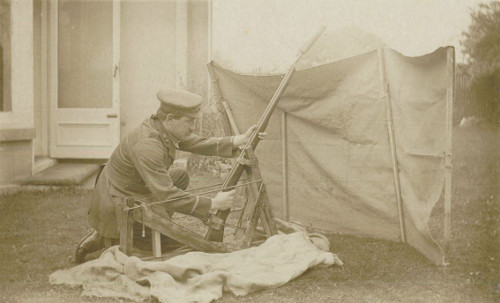
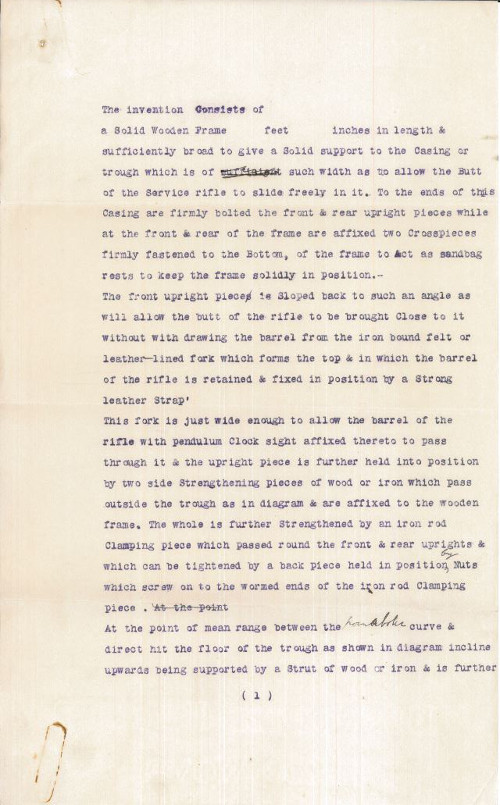
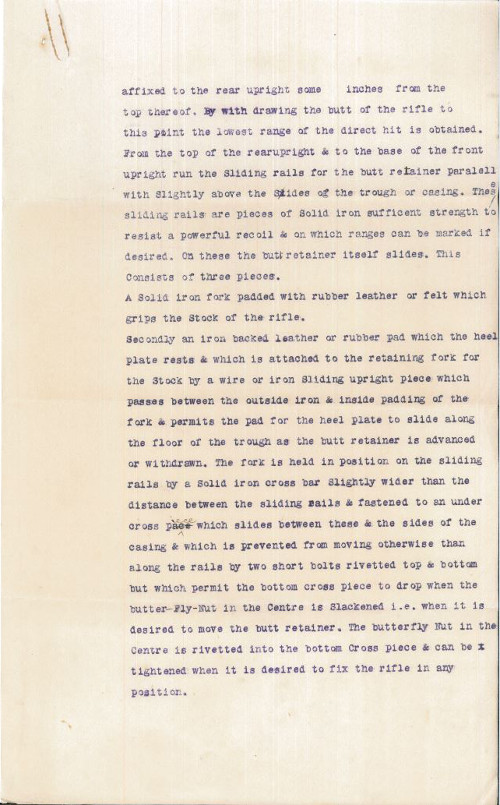
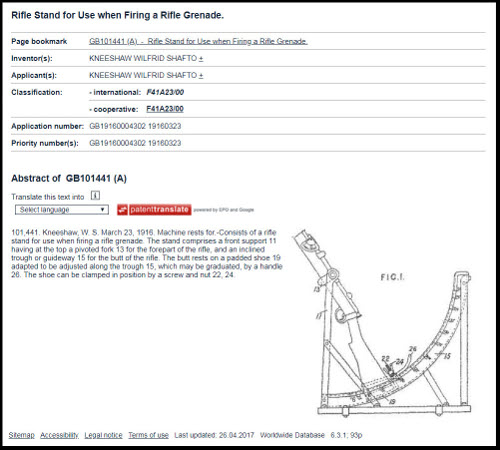
![Career guide for married women pursuing paediatrics produced by the BPA due to the increasing number of women graduating in medicine, of which many left the profession due to family commitments. The document proposes that establishing suitable posts and offering retraining schemes and financial inducements could support female paediatricians. 1972 [archive reference: RCPCH/007/141]](https://blog.archiveshub.jisc.ac.uk/wp-content/uploads/sites/8/2019/03/rcpch_guide.jpg)
![Minutes of a meeting of the Executive Committee discussing whether to invite female members of the Canadian Paediatrics Society to a joint meeting in London, 1938 [archive reference: RCPCH/004/002/006]](https://blog.archiveshub.jisc.ac.uk/wp-content/uploads/sites/8/2019/03/rcpch_min1938.jpg)
![Minutes of a meeting of the Executive Committee showing the vote to admit female members into the BPA, 1944 [archive reference: RCPCH/004/003/011]](https://blog.archiveshub.jisc.ac.uk/wp-content/uploads/sites/8/2019/03/rcpch_min1944.jpg)
![Painted design of the RCPCH Coat of Arms featuring June Lloyd, 1997 [archive reference: RCPCH/009/001/014]](https://blog.archiveshub.jisc.ac.uk/wp-content/uploads/sites/8/2019/03/rcpch_coatofarms.jpg)
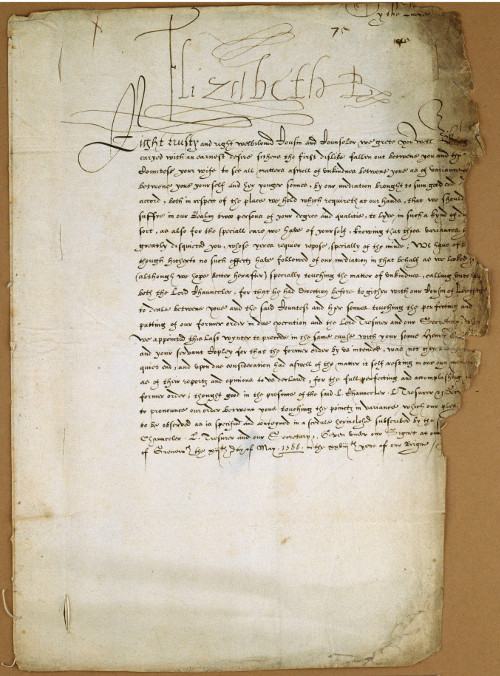
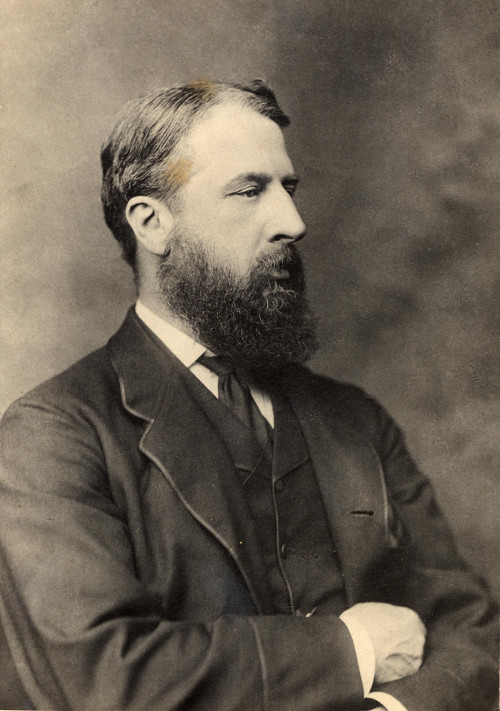
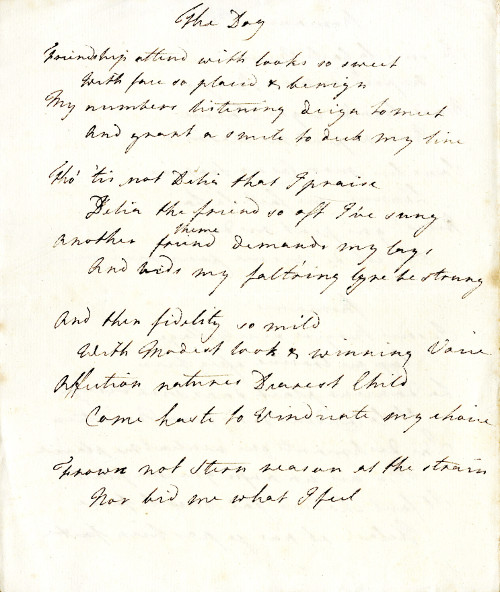
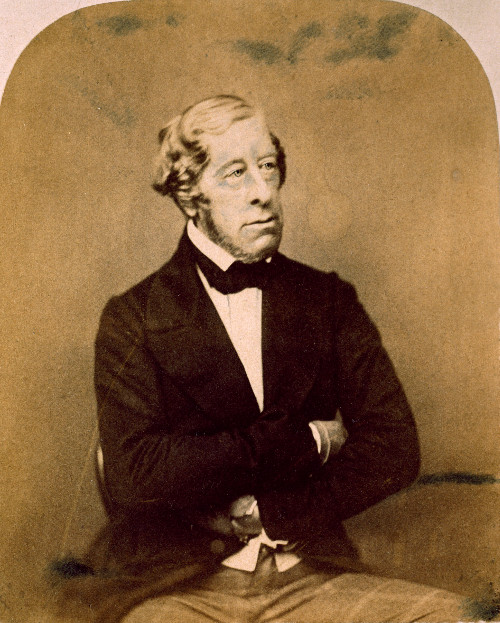
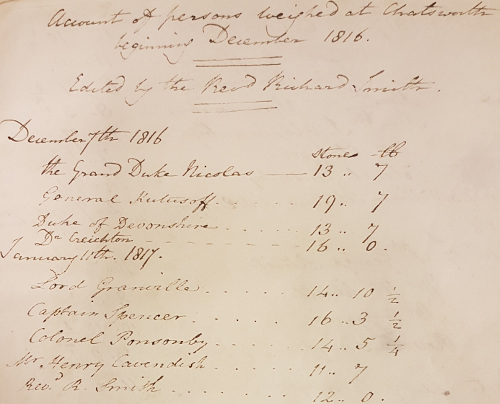
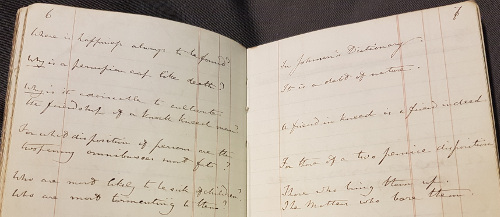
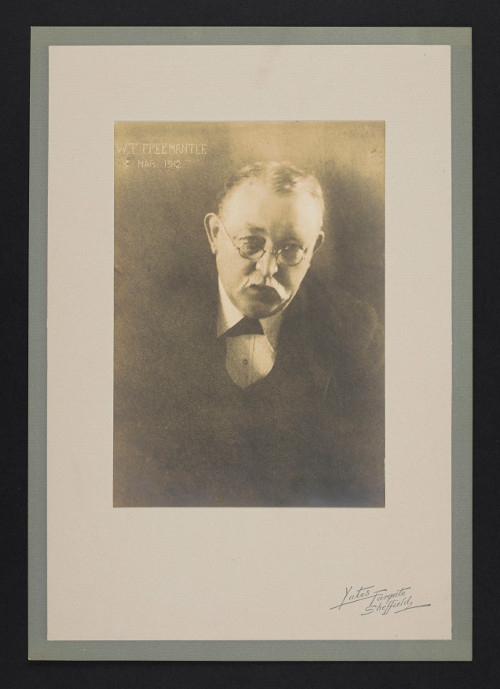
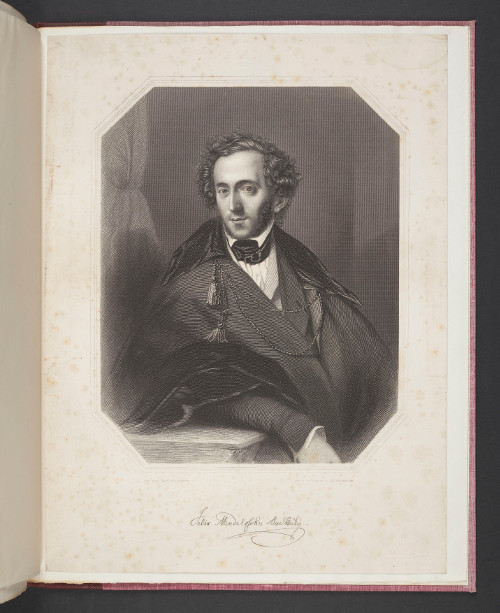
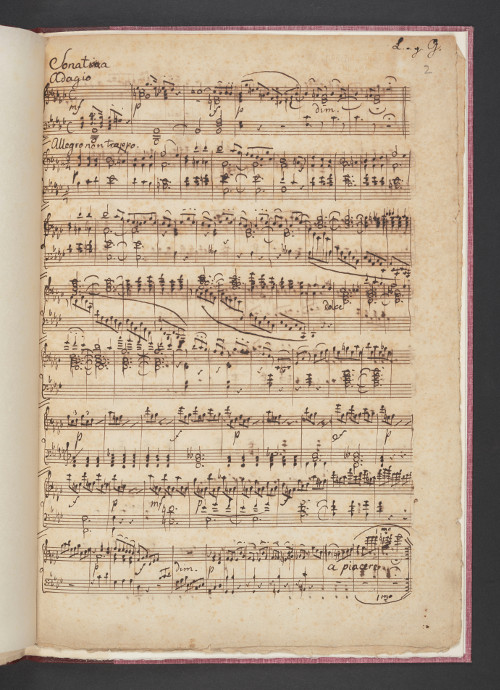
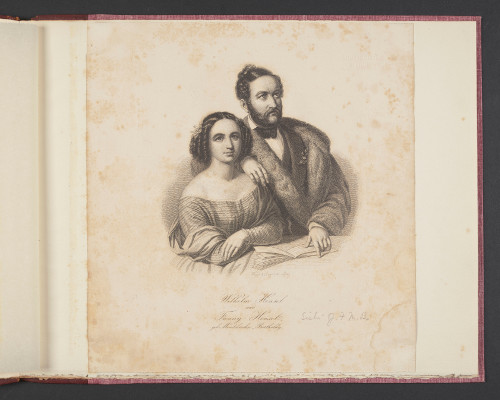
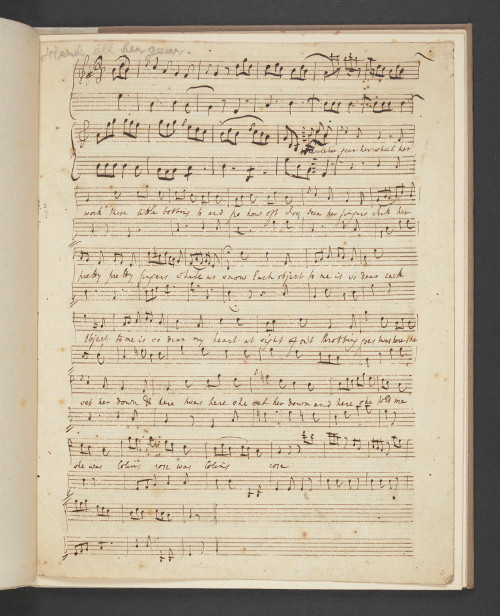
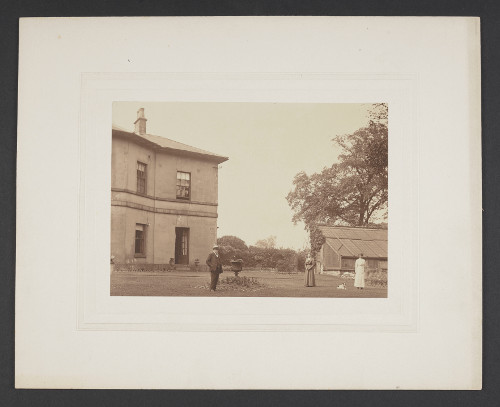
![Photograph of an early ‘floating institute’ operated by the Missions to Seamen, late 19th century [U DMS].](https://blog.archiveshub.jisc.ac.uk/wp-content/uploads/sites/8/2019/01/seam_institute.jpg)
![Logo of the Flying Angel [U DMS].](https://blog.archiveshub.jisc.ac.uk/wp-content/uploads/sites/8/2019/01/seam_angel.jpg)
![Logo of the Stella Maris [U DAPS/12/4].](https://blog.archiveshub.jisc.ac.uk/wp-content/uploads/sites/8/2019/01/seam_stella.jpg)
![Photograph of the interior of the original Apostleship of the Sea house in Glasgow, c.1920s [U DAPS/7/2].](https://blog.archiveshub.jisc.ac.uk/wp-content/uploads/sites/8/2019/01/seam_house.jpg)
![Photograph of a visit paid to Bishop Rock lighthouse by Missions to Seamen representatives for the Scilly Isles [U DMS].](https://blog.archiveshub.jisc.ac.uk/wp-content/uploads/sites/8/2019/01/seam_visit.jpg)
